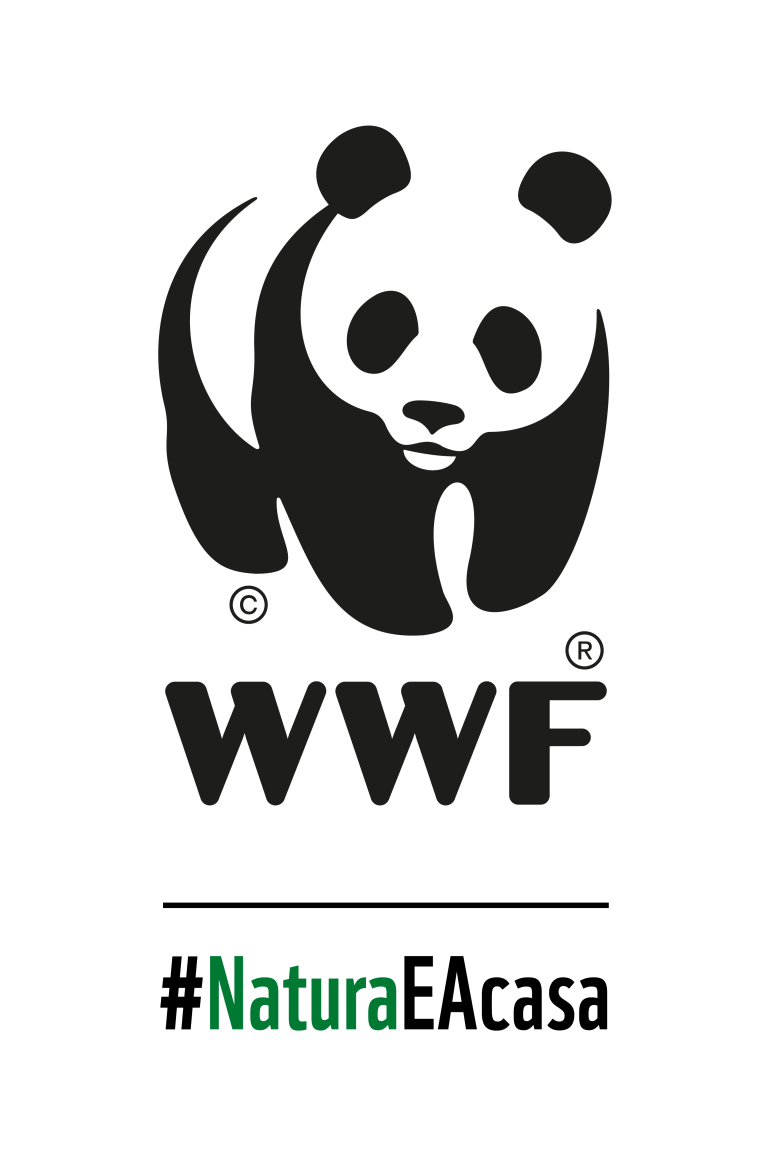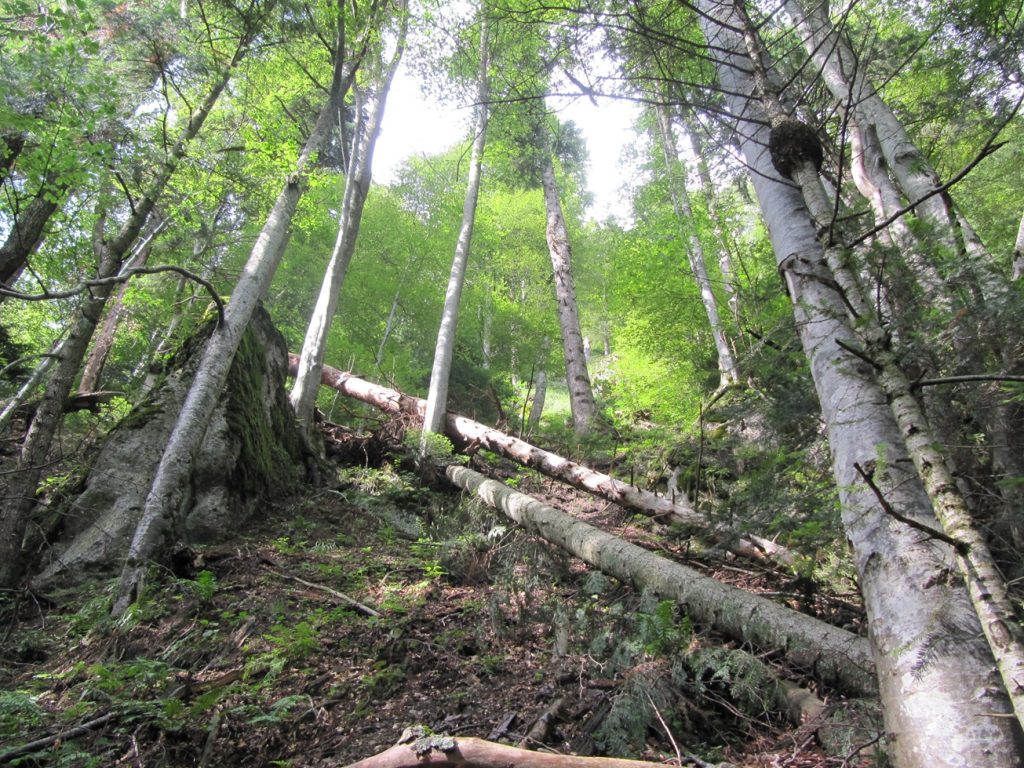At the end of January, an improved methodology for identifying strictly protected areas was approved, in order to implement the EU Biodiversity Strategy. The methodology was finalized through a transparent and participatory process supported by the Ministry of Environment, Waters, and Forests, in which WWF-Romania actively participated to promote the designation, on sustainable bases, of the most representative high conservation values in Romania's forests.
The methodology includes new guidelines that bring more clarity and sustainability to the entire process:
- Proportionality: The identification of strictly protected areas must be proportional, covering all biogeographical regions and reflecting the distribution of different habitat types at the national level (e.g: forests, shrublands and grasslands, scree slopes, rocky and sandy areas, marshes and wetlands, inland waters, coastal and halophytic communities). As a result, up to 700,000 hectares of forests will be placed under protection, in alignment with the National Forestry Strategy 2030, adopted by a Government Decision.
- Landowner and Administrator Consent: The designation of non-intervention/strictly protected areas by the Environment Ministry will require the consent of landowners and administrators.
- Socio-Economic Impact: The designation of strictly protected areas must maximize biodiversity conservation, while minimizing socio-economic impacts and strengthening the administrative efficiency of future protected areas.
- Multiple Protection Roles: The selection and designation process will prioritize ecosystems that, in addition to the representativeness of biodiversity values, also provide critical ecosystem services or require enhanced resilience to adapt to climate change.
- Spatial Compatibility: The spatial positioning and expansion of proposed strictly protected areas must be compatible with: (i) national major infrastructure development objectives, as outlined in the Terms of Reference; (ii) the basic needs of local forest dependent communities; (iii) the sustainable harvesting continuity principle, avoiding imbalances in the age-class structure of forest stands at the management unit level.
As a result of the improvements made to the Identification Methodology, the most valuable forests and forest landscapes for nature conservation in Romania should be selected. For example, in addition to areas already designated as strictly protected natural areas or forests listed in the National Catalogue of Virgin and Quasi-Virgin Forests, the following will also be targeted:
- Other highly natural forests with multiple protection roles. The designation criteria for highly natural forests has been expanded to prioritize their inclusion under strict protection (others than virgin and quasi-virgin forests). This allows for the restoration of structural characteristics specific to Old-Growth Forests while maintaining the continuity of close-to-nature management practices for the forests for which the production process has been regulated.
- Riparian Forests. These will complement high-value aquatic ecosystems, including watercourses and adjacent wetlands, along with associated buffer zones. They play a key role in regulating water flows, maintaining longitudinal ecological connectivity, and preserving water quality. Additionally, they provide refuge areas for terrestrial species in landscapes dominated by intensive agriculture, where such habitats are scarce, and contribute to the connectivity of protected area networks. While riparian forests and their associated banks are already subject to differentiated legal protection, their designation as strictly protected areas will enhance the effective implementation of conservation measures on the ground.
- Silvo-Pastoral (Agroforestry) Mosaic Landscapes with High Conservation Value, represented by a mix of grasslands, shrublands, and forests. We are essentially referring to those „cultural landscapes” that are particularly important for biodiversity conservation and improving ecological connectivity. Conservation efforts will have a limited socio-economic impact, as traditional practices such as grazing and mowing will remain integral to the protection regime. In fact, the abandonment of these practices poses a threat to the ecological functionality of these landscapes. From an ecological perspective, silvo-pastoral mosaic landscapes maximize their conservation value when wetlands and rocky/scree habitats are also included.
Proposals for non-intervention/strict protection zones will undergo public consultations, with documented feedback from all relevant stakeholders for each designated area. In this process, alternative areas suggested by affected parties will also be analyzed, provided they are accompanied by a technical justification based on this methodology.
The success of this initiative largely depends on the active and constructive involvement of all stakeholders in the upcoming public consultation process. Through collective effort, we can ensure that the values defined in this improved methodology are properly reflected in the final report on strictly protected areas, aligning with both national and international biodiversity conservation commitments.
Context
The methodology is part of the service contract for the study on “Identifying potential non-intervention (strict protection) areas in terrestrial and marine natural habitats for the implementation of the EU Biodiversity Strategy for 2030.” This contract is carried out within the framework of the National Recovery and Resilience Plan (PNRR), under Reform R.2 – Reform of the protected areas management system, and is coordinated by the Ministry of Environment, Waters, and Forests.
We appreciate the participatory and transparent approach taken by the Ministry in managing this process and continue to offer our support in achieving Romania's biodiversity conservation commitments. This initiative aligns with the EU Biodiversity Strategy for 2030, the National Forestry Strategy (SNP30), and the strategic actions outlined in the PNRR.

